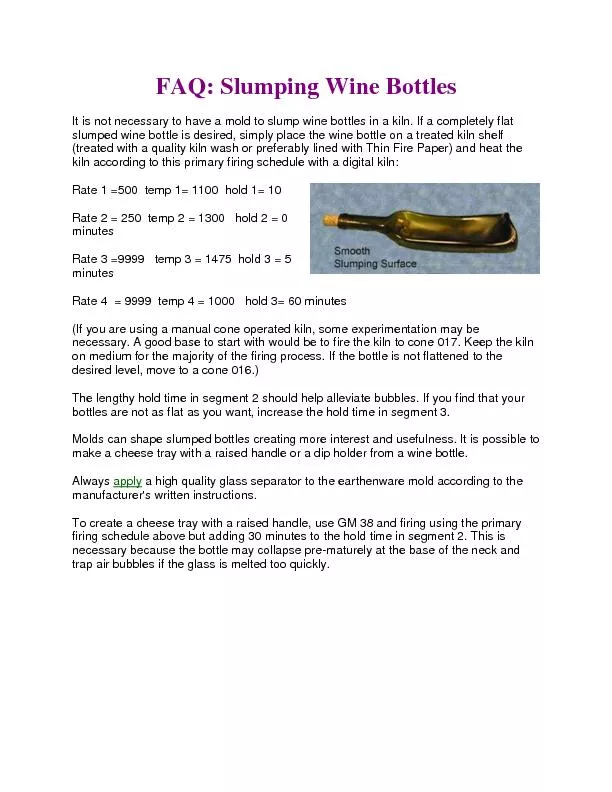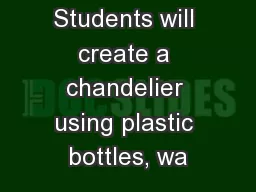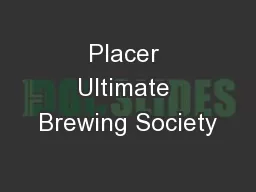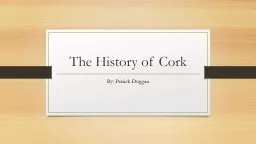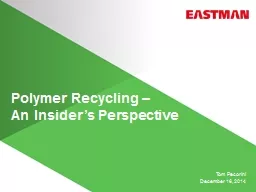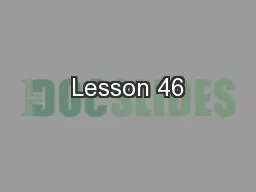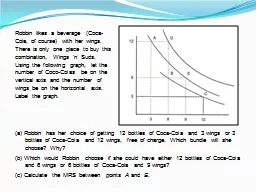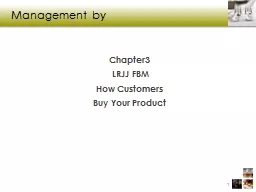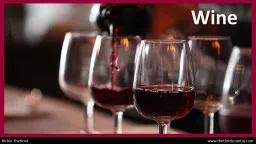PDF-FAQ: Slumping Wine Bottles
Author : conchita-marotz | Published Date : 2016-08-03
It is not necessary to have a mold to slump wine bottles in a kiln If a completely flat slumped wine bottle is desired simply place the wine bottle on a treated
Presentation Embed Code
Download Presentation
Download Presentation The PPT/PDF document "FAQ: Slumping Wine Bottles" is the property of its rightful owner. Permission is granted to download and print the materials on this website for personal, non-commercial use only, and to display it on your personal computer provided you do not modify the materials and that you retain all copyright notices contained in the materials. By downloading content from our website, you accept the terms of this agreement.
FAQ: Slumping Wine Bottles: Transcript
It is not necessary to have a mold to slump wine bottles in a kiln If a completely flat slumped wine bottle is desired simply place the wine bottle on a treated kiln shelf treated with a quality. – T urnitin FAQ ’ s 1 T urnitin FAQ ’ s Student Guide – T urnitin FAQ ’ s 2 Turnitin - Frequently Asked Questions Q. What is a similarity score? The similarity score Karmei. - . Yosef. Winery / May 2015. www.bravdo.co.il. Karmei. . - . Yosef . Winery (BRAVDO). Family owned boutique winery founded . in . 2001. . Producing high quality wine from the following varieties: Cabernet . Chihuly Inspired Chandelier . 1941: Born in Tacoma. , . Washington . 1965: Enrolled . in the first glass program in the country, at the University of Wisconsin. . 1968: Studied . at the Rhode Island School of Design (RISD), where he later established the glass program and taught for more than a decade.. MARKET. . DAY. . 2015. Your Business Opportunity!. What is Market Day?. Market Day is a unique opportunity for you to learn the basics of operating a business and making money!. When is Market Day?. Entering. Homebrewing. Competitions. Brew Your Beer. Choose Style. Develop Recipe (Most Competition are BJCP, or Brewer . Association Sponsored). Some Competitions have . “Fun. ” or “Novelty” Categories (but . By: Patrick Duggan. What is Cork?. Made from . Quercus. . Suber. .. It is a type of tree that grows mostly in Portugal and the Mediterranean.. It grows the cork as its bark to protect it from fire (mostly) and is used as insulation.. waste. , . for a . better. world!. Teresa Bruno and . Ardijana. . Kelmendi. Problem: Burn the rubbish. Solution: Recycling. Separate waste. Problems and solutions. Problem: Makes too much dumps. Solution: More dustbin . An . I. nsider’s Perspective. Tom Pecorini. December 16, 2014. Tom Pecorini. Fellow in Polymers Technology Division. PhD from Lehigh University. Started at Eastman in 1992. Involved in many plastics development projects for SP. Trust in the Lord. Luke 5. Trust in the . Lord. with all thine heart; and lean not unto thine own understanding.. In . all thy ways acknowledge him, and he shall direct . thy paths. .. Be . The Problem of “Social” Drinking. Colossians 3:17. And . whatever you do in word or deed, do all in the name of the Lord Jesus, giving thanks to God the Father through Him.. Whatever You Do. …. (b) Which would . R. obbin. choose if she could have either 12 bottles of Coca-Cola and 6 wings or 6 bottles of Coca-Cola and 9 wings?. (c) Calculate the MRS between points . A. and . E. .. Robbin. LRJJ FBM . How . Customers. Buy Your . Product. 1. How . Customers Buy . Your Product. Upon completion of this chapter, you should be able to:. Under stand the planning . step. s. . for a al la carte menu. Wine Richie Thetford www.thetfordcountry.com Introduction What God says: Proverbs 20:1 Proverbs 23:29-35 1 Peter 4:3 Traditions or Doctrine? Matthew 15:8-9 Acts 4:18-20 1 Peter 2:21-22 3495 Lakeside Drive #30. Reno, NV 89509. (775) 813-6505. email: Teri.salmonpoint@gmail.com. web: nvandw.com. WINE COMPETITION ENTRY FORM. Form May be Photocopied. PLEASE SUBMIT ENTRY FORM WITH SHIPMENT OR DELIVERY OF WINE.
Download Document
Here is the link to download the presentation.
"FAQ: Slumping Wine Bottles"The content belongs to its owner. You may download and print it for personal use, without modification, and keep all copyright notices. By downloading, you agree to these terms.
Related Documents

